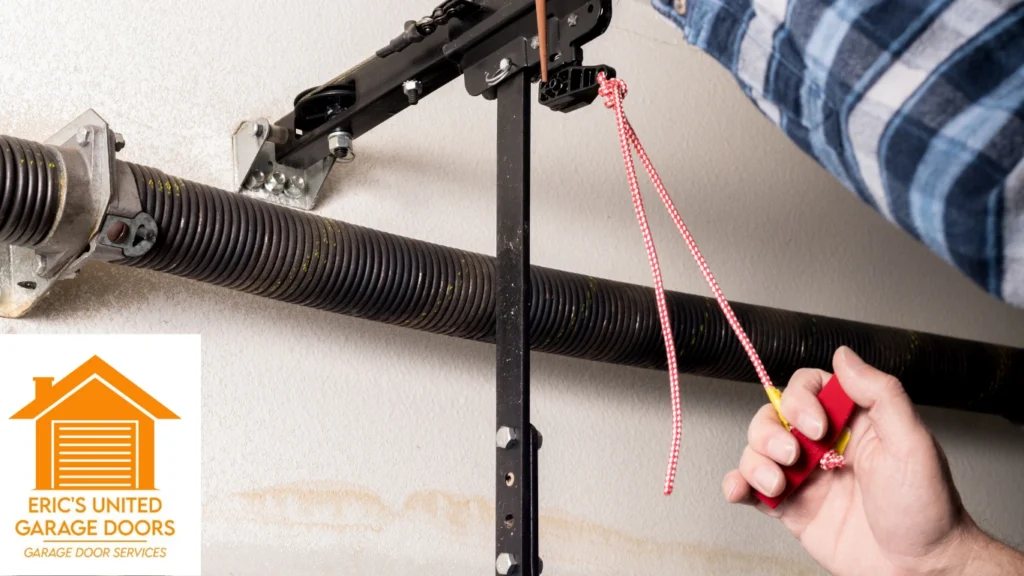The growing use of thermal imaging has changed how technicians approach mechanical diagnostics, especially in systems with high-tension components like garage door springs. Training professionals to correctly interpret thermal data is essential for safe, efficient, and accurate spring diagnostics. With the right knowledge, technicians can better detect early signs of stress and wear, making garage door repair less reactive and more preventative.
Building Foundational Knowledge in Heat Signature Interpretation
Understanding thermal patterns goes beyond pointing a camera and capturing an image. Technicians must be trained to identify subtle shifts in temperature that may indicate friction, metal fatigue, or tension inconsistencies within the springs. These signs are often not visible to the naked eye but can point to early-stage failure if left unaddressed.
Training involves learning the relationship between temperature and mechanical function. For example, a consistent heat buildup in a specific section of the torsion spring may indicate that part is absorbing excessive stress. Recognizing these anomalies is crucial for deciding when spring repair or adjustment is needed.
Real-World Simulation and Field Exercises
Classroom learning only takes technicians so far. Practical training is where most skills are solidified. During field exercises, technicians use thermal imaging tools in real garage environments to examine springs, cables, and rollers under different operating conditions. By analyzing a range of heat signatures, they begin to differentiate between normal thermal behavior and indicators of failure.
This hands-on approach also reinforces safe working habits. Since garage door springs store intense kinetic energy, technicians must be cautious when performing diagnostics. Thermal tools allow them to observe conditions without physical contact, which enhances safety during garage door repair procedures.
Equipment Familiarity and Calibration Standards
Not all thermal cameras are created equal. Some models offer higher thermal sensitivity, while others include AI-based analysis or visual overlays. Technician training includes familiarization with these tools, ensuring each worker can operate their equipment confidently and correctly interpret the results.
Proper calibration is another essential aspect. Thermal cameras require regular adjustment to maintain accuracy. Technicians are taught to calibrate their devices according to both the ambient temperature and the surface material being scanned—factors that can influence readings during spring inspections.
The Long-Term Impact of Thermal Education in Garage Systems
Training technicians in thermal imaging doesn’t just improve diagnostics—it transforms how maintenance is performed. When properly educated, a technician becomes proactive rather than reactive. Instead of waiting for springs to snap or degrade, they can detect the earliest signs of wear and recommend timely spring repair.
Over time, this approach contributes to fewer emergencies, safer systems, and longer-lasting garage door components. As technology advances, continued education ensures that technicians stay current with evolving standards, strengthening the overall quality and reliability of garage door repair in today’s homes and commercial spaces.
Learn more:
Selecting the Right Thermal Camera for Garage Door Repair Spring Work

